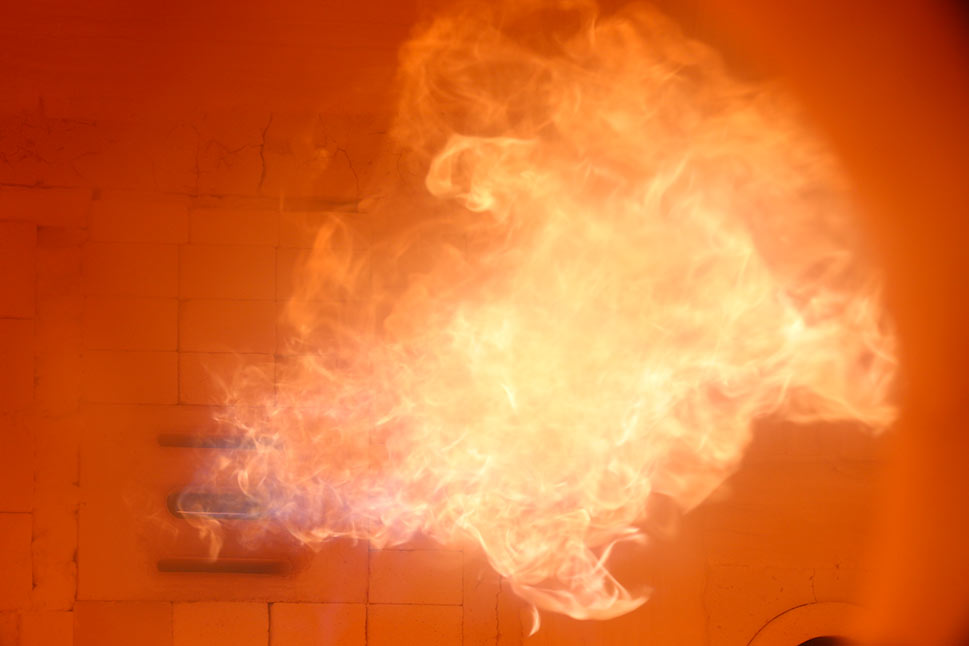To make glass better, put Air Products in the mix.
Learn more about Air Products' melting solutions or request a demonstration in our pilot-scale Advanced Clean Energy lab.
Learn more about Air Products' melting solutions or request a demonstration in our pilot-scale Advanced Clean Energy lab.
Valued for its reactive and protective properties, and used by many industries such as electronics, foods, glass, chemicals, refining and more can benefit from its unique properties to improve quality, optimize performance and reduce costs.
In addition to its use as a respiratory gas for healthcare applications, its strong oxidizing properties benefit many industries by improving yields, optimizing performance, lowering costs and reducing carbon footprint compared to other fuels.
